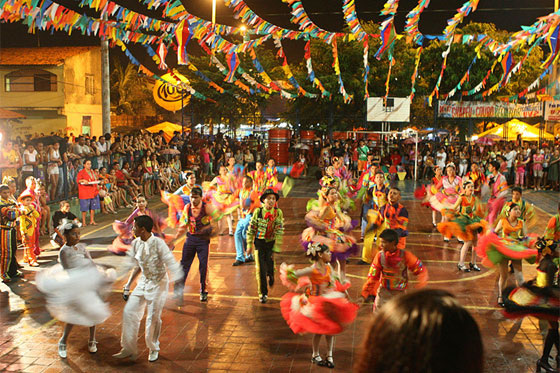Thousands of devotees from all around the region gather to momentously celebrate this annual occasion. As a result, this makes the Feasts of June the perfect moment for travelers to get an up-close encounter with the religious, historical, and rural roots of the rich culture of Brasilia.
Each of the three saints holds a special significance for the people of Brasilia, which is why this centuries-old festival has not died down ever since its inception. For instance, women call on to St. Anthony, since he is known in this region as the saint of matchmaking. St. John, meanwhile, continues to be implored by farmers who wish for a good harvest.
And lastly, almost everyone in the region prays to St. Peter, seeing that he is the saint who is the guardian of heaven. During the whole month when the feasts take place, the outright passion and religious fervor of the natives is something travelers ought to experience.
Throughout the festival, it is tradition that the townspeople wear something that reflects the rural history of their country. Men and women dress up as "caipiras", which is the Portuguese equivalent of a hillbilly. To achieve the "caipira" look, men customarily wear farmer’s clothes; the women put on pigtails and freckles; the young boys paint beards and moustaches on their faces; and the young girls put together ponytails for themselves.
In keeping with rural tradition, more often than not the food being served has corn, which is the main crop in this area, as the main ingredient. So the traditional dishes of Brazilian couscous, canjica, and pamonha are the usual delicacies of the Feasts of June.
Along with the setting up of bonfires every night during the festival, music plays a big role in generating that special, cultural ambience that traditional festivals always bring. The simple instruments musicians play, such as the zabumba, triangle, and accordion, come from the rural background of the people. This style of music is commonly known as the forró. It is a type of music that is supposed to connect people, young and old, to dance.
In the same way, the Feasts of June will hopefully help travelers connect with a culture that is foreign to their own, and in the process help them to become better people.

 RSS Feed
RSS Feed